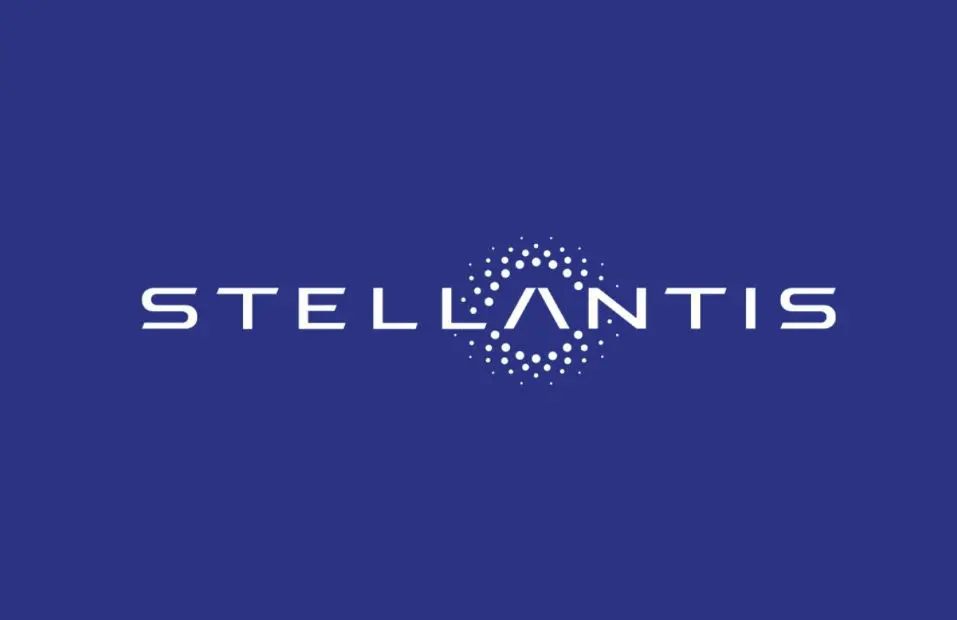AMSTERDAM (NETHERLANDS) (ITALPRESS) – Continuing on its path toward the ecological transition, Stellantis has announced that, starting in 2026, it will also begin production of eDCT gearboxes at its Termoli plant, with a target when fully operational of three hundred thousand units per year.
This initiative comes as a logical and concrete consequence of Stellantis’ recent acquisition (late January) of full control of the eDCT transmission development and production process, previously conducted in collaboration with a Belgian OEM.
With the decision to expand the production mission of the Termoli plant, three Stellantis factories dedicated to the production of the eDCT transmission become available: in fact, Termoli joins the factories in Mirafiori, which is working at full capacity, and Metz.
To meet the growing demand for key components of the eDCT transmission, production levels will also be increased at Sint Truden and Metz itself, where a new assembly line will also be planted.
“In this way,” reads a note, “Stellantis reaffirms both its commitment to the Italian factories, in line with the industrial plan presented last December at the Ministry of Enterprise and Made in Italy, and its development plans for the French plants, the subject of three billion euros of investment over the past five years, aimed at consolidating Stellantis’ expertise in the production of powertrains and components for battery electric and hybrid vehicles.
“Finally, it should be emphasized that the decision to increase the production of eDCT transmissions is also in line with the group’s strategic plan to expand and renew the MHEV and PHEV hybrid range,” Stellantis further explains. “The three plants will therefore each contribute to the production of the eDCT transmission, a state-of-the-art hybridization technology that integrates a 21 kW electric motor into a dual-clutch transmission. The motor provides electric propulsion when less driving torque is needed, such as in the city or at constant speed, allowing the internal combustion engine to remain off 50 percent of the time in the urban cycle. As a result, the eDCT transmission, which is structurally characterized by considerable weight reduction, also stands out for its positive effects on fuel economy and harmful emissions, in line with the decarbonization commitments that are an integral part of Stellantis’ strategic plan.”
– Stellantis press office photo –
(ITALPRESS).

